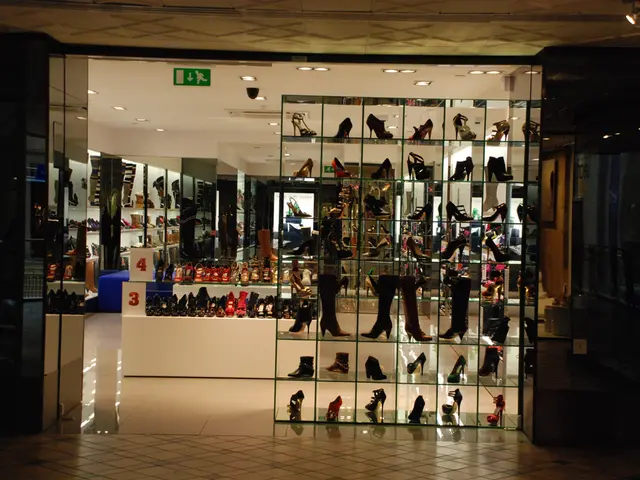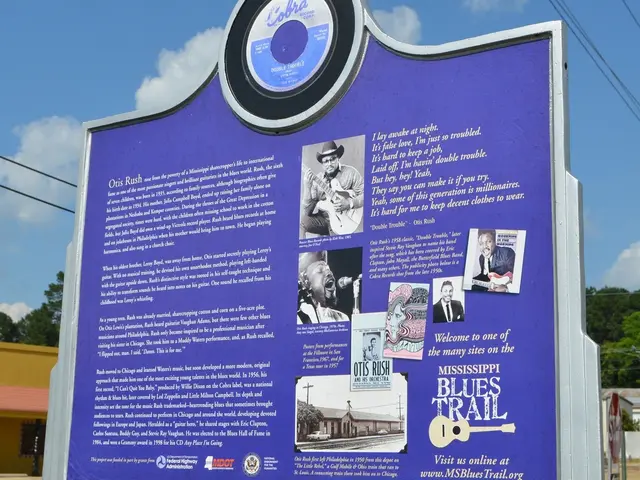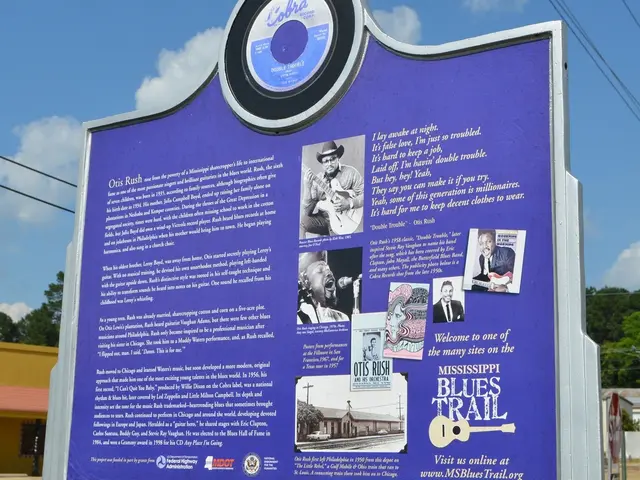San Francisco issued hundreds of traffic violation tickets to Waymo in 2024
Self-driving cars have become a lucrative source of income for San Francisco - issuing traffic citations to Waymo vehicles. In 2024 alone, the city slapped Waymo with 589 citations totaling a whopping $65,065. These infractions ranged from blocking traffic to illegally parking, with Waymo's vehicles averaging less than two tickets a day as they operate 300 vehicles in the city.
Waymo is working on sorting out these citations, justifying them due to occasional brief parking in no-parking zones or stopping in commercial loading zones to drop off customers. Critics have often slammed self-driving operators like Waymo and the now-defunct Cruise for causing minor mishaps and behaving erratically, such as circling a man endlessly or speeding off from a traffic stop.
These self-driving cars must be trained to respond to every conceivable situation they might encounter. Sometimes, they struggle to react appropriately or get tripped up by edge cases, just like how humans might when they're learning to drive.
Last year, Waymo announced that its vehicles have been certified to respond correctly to emergency vehicles and law enforcement.
It seems the disrupted traffic generated by Waymo has at least brought some funds into San Francisco's coffers. Given its recent expansion, the company has been active in cities like Los Angeles last year, Austin, Texas, this week, and plans to enter Miami soon. Additionally, Waymo tests its cars in regions with inclement weather, such as Buffalo, New York.
Self-driving services like Waymo could potentially make our roads safer, taking drunk drivers off the road and eliminating human errors. Many women appreciate the convenience of using Waymo over Uber, as they don't have to share a ride with a stranger at night. However, some concerns about self-driving cars stem from the potential increased traffic on roads and highways due to passengers working or commuting from farther distances. On a lighter note, these vehicles have also reportedly been the scene of some intimate moments, underscoring the challenge of keeping them clean without a driver. Some city dwellers have expressed opposition to private passenger vehicles due to their space consumption that could be utilized for housing.
Elon Musk has put his faith in autonomy and robotics, as vehicle sales at Tesla have been dwindling. The company aspires to launch a robotaxi service in Austin by the end of 2025 and has been seeking testing permits in California. Unlike Waymo, Tesla's self-driving cars rely solely on cameras and neural networks for navigation, while Waymo employs more expensive LiDAR sensors that can spot hazards quicker, even in fog or rain. Waymo has demonstrated the viability of their technology ahead of Tesla, which overestimated its self-driving capabilities in 2016, setting an unrealistic timeline for full self-driving operation somewhere between 2017 and three to six months.
- Despite the traffic citations, Waymo plans to expand its self-driving services to cities like Los Angeles, Austin, Texas, and Miami, aiming to enter these locations within the coming years.
- In an effort to improve its operations, Waymo is addressing the citations issued against its vehicles, clarifying that occasional brief parking in no-parking zones or stopping in commercial loading zones is due to dropping off customers.
- As self-driving cars like Waymo advance, they could potentially make our roads safer by taking drunk drivers off the road and minimizing human errors, although concerns persist about increased traffic and the potential impact on housing due to private passenger vehicle usage.
- Tesla, on the other hand, aspires to launch its robotaxi service in Austin by the end of 2025, relying on cameras and neural networks for navigation, whereas Waymo employs more expensive LiDAR sensors that provide quicker hazard detection, even in inclement weather.







